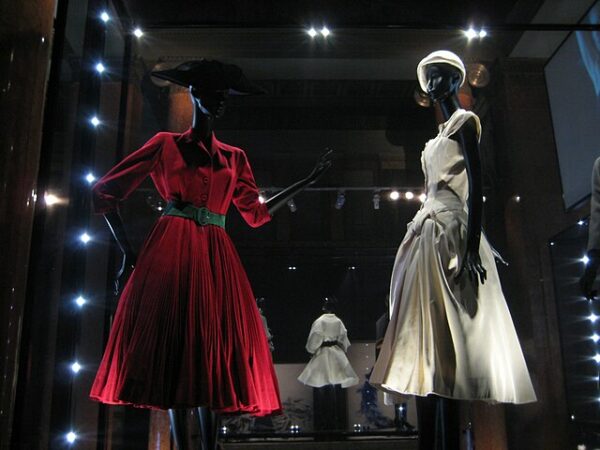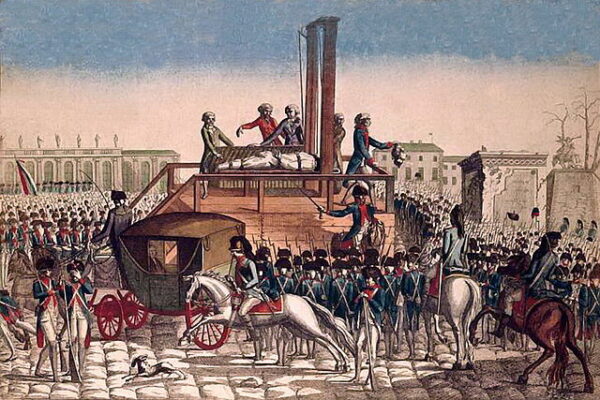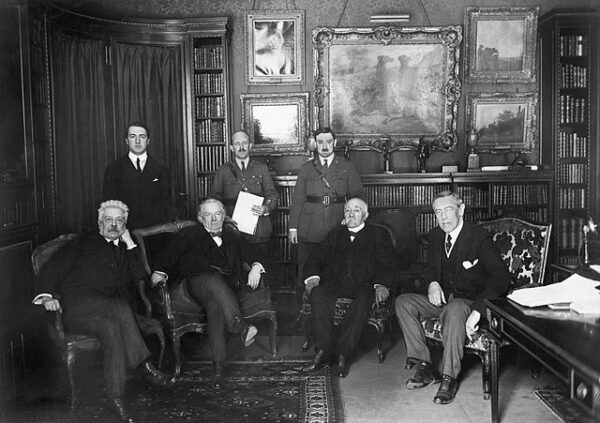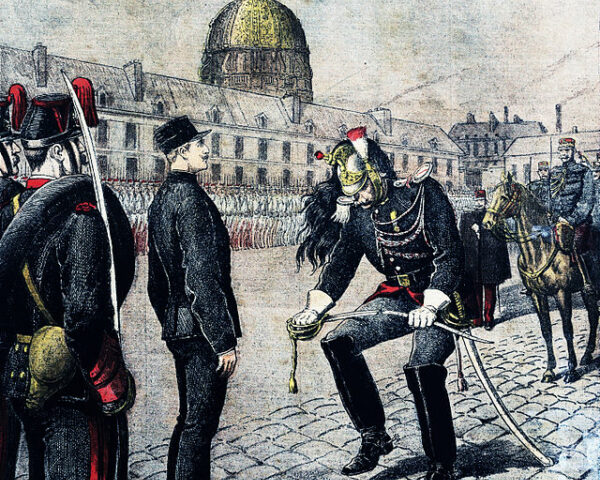The debut of Christian Dior’s “New Look” on February 12, 1947, marked a defining moment in fashion history, reestablishing Paris as the uncontested heart of haute couture. Emerging from the shadows of World War II, Dior’s collection infused the weary fashion scene with a breath of elegance and luxury. The “New Look” was a bold rejection of wartime austerity, characterized by sumptuous fabrics, nipped-in waists, voluminous skirts, and a celebration of feminine grace.
This radical shift from the stark functionality of wartime fashion captured the public’s imagination, heralding a new age of extravagance and sophistication. More than a mere fashion trend, Dior’s designs encapsulated the world’s collective desire for beauty and rebirth in the face of past hardships.
The “New Look” not only rejuvenated the fashion industry but also reinstated Paris as the axis of fashion innovation. The city, with its storied tradition of haute couture, was once again the beacon of inspiration and the pinnacle of style, attracting a global audience of designers, buyers, and fashion aficionados. Dior’s visionary impact was so significant that it charted the course for future fashion, influencing tastes and trends for decades to follow.
In the wake of the “New Look,” Paris flourished as a fashion powerhouse, with its designers at the forefront of artistry and craftsmanship. Dior’s legacy is enshrined in fashion lore, emblematic of both a renaissance in style and the resilient spirit of the fashion world. The date of February 12, 1947, is indelibly imprinted in history as the day Christian Dior not only reshaped fashion’s silhouette but also reignited the flame of Parisian couture, confirming its place as the capital of fashion innovation.






